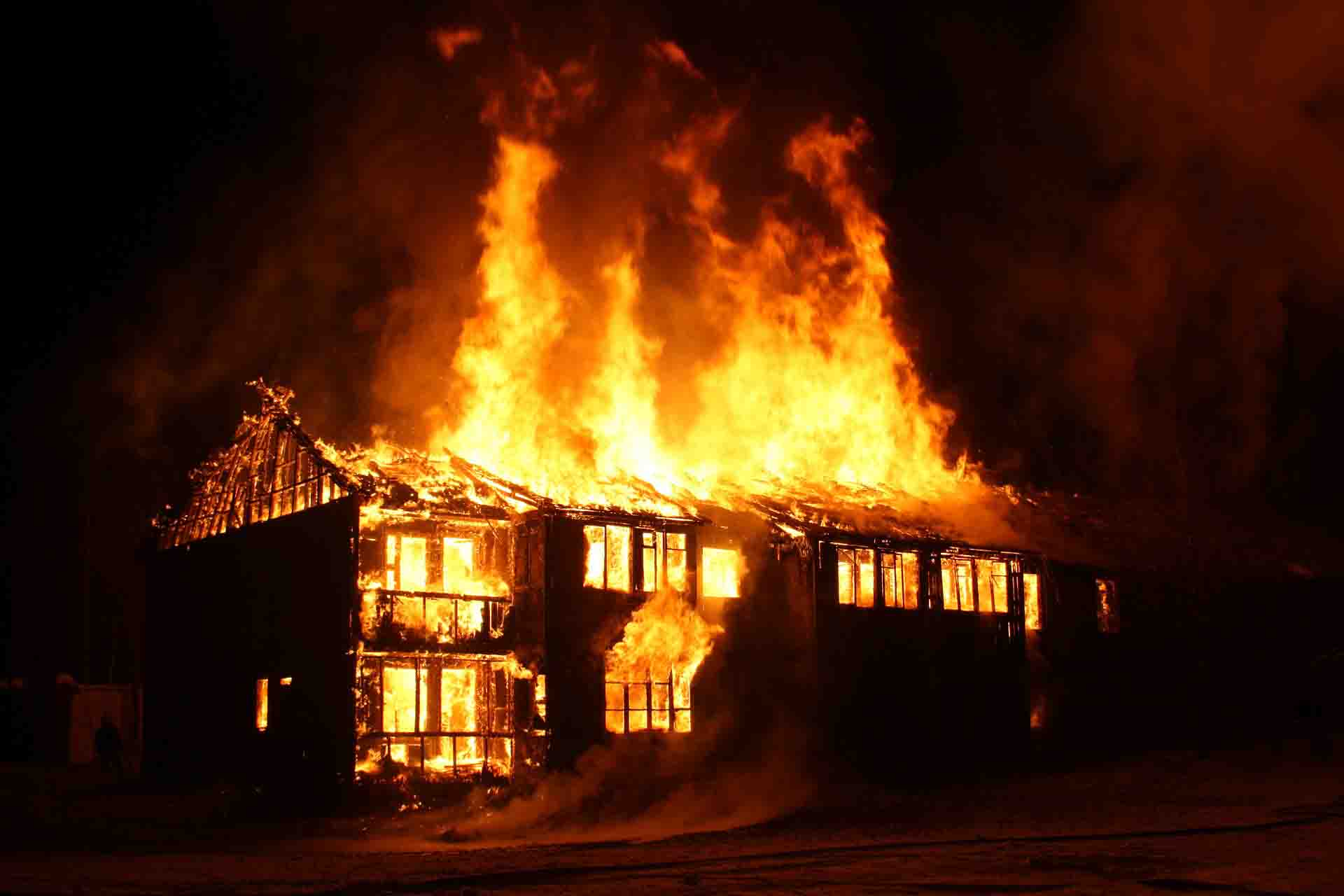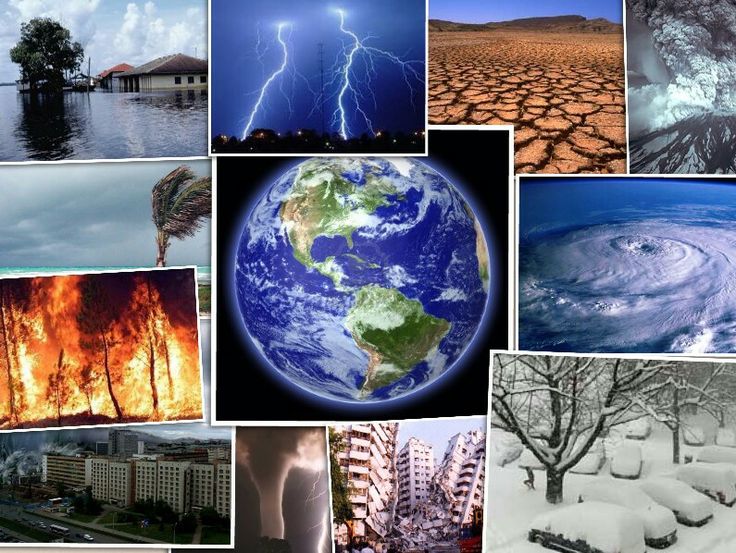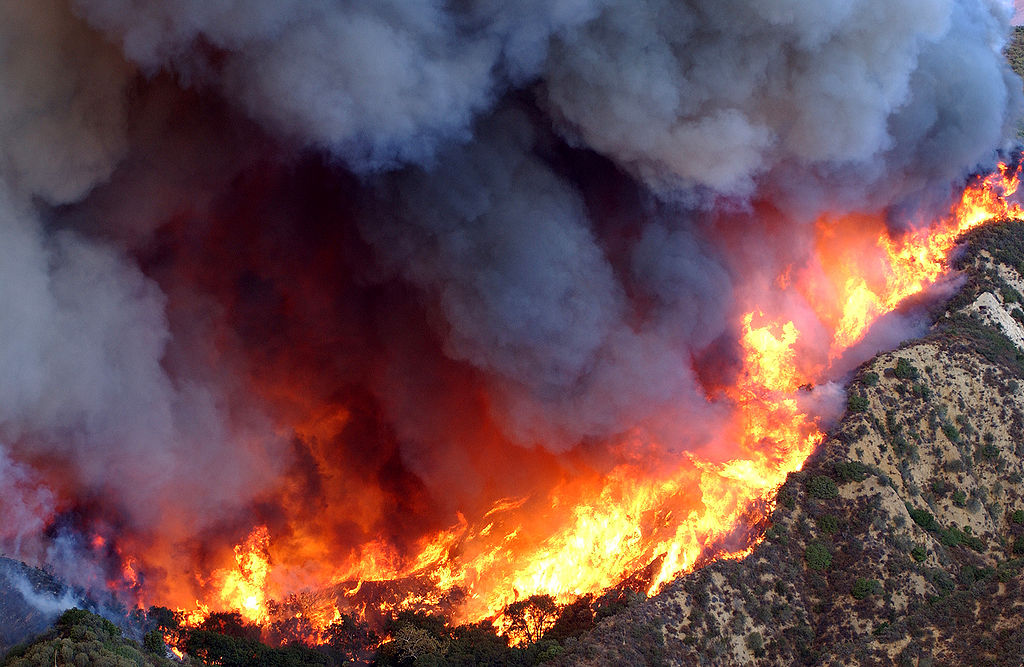Canada modernizes disaster recovery funding program




In recent years, Canadians have witnessed the rising frequency and severity of extreme weather events, like floods and wildland fires. These events destroy homes, businesses, and critical infrastructure and impact communities nationwide.
As such, reducing the effects of these disasters is crucial, as is supporting Canadian communities in adapting to climate change and providing timely and practical assistance for those affected as they recover and rebuild.
Harjit S. Sajjan, Minister of Emergency Preparedness and Minister responsible for the Pacific Economic Development Agency of Canada was at the Canadian Red Cross (CRC) Ready 2025 conference to announce additional details on the upcoming modernization of the Disaster Financial Assistance Arrangements (DFAA) program, which is anticipated to come into effect on April 1, 2025.
“With the DFAA program, the federal government has been there to help communities recover from disasters. But as climate change leads to more frequent and severe weather events, we need to do more to keep people safe and reduce risks and costs to Canadians,” he said.
“That’s why today’s changes to the DFAA are so important. These changes will ensure increased, timely, and flexible federal funding is available to support provincial and territorial partners to build back better in the aftermath of disasters and plan for future disasters– together, we can rebuild stronger and safer communities.”
The modernized DFAA program ensures that when disasters impact Canadians and all levels of government, financial assistance to provinces and territories will be delivered quickly and efficiently in the aftermath of a disaster and also provide:
- Increased investments in strategic disaster mitigation and building back better to minimize disaster impacts on communities and the risk of future disasters;
- Incentives for risk reduction, pre-disaster planning, and improved hazard awareness to reduce the risks and impacts of disasters; and
- Expanded support for people hardest hit by the impacts of significant disasters.
The announcement marks the completion of a key target of Canada’s National Adaptation Strategy: modernizing the DFAA program by 2025 to reduce the risk of climate-related disasters and improve disaster recovery outcomes.
The Strategy lays out a framework to reduce the risk of climate-related disasters, improve health outcomes, protect nature and biodiversity, build and maintain resilient infrastructure and support a strong economy and workers.
The DFAA was reviewed and modernized in close collaboration with provinces and territories. It was guided by significant input from Canadian and international experts, including the findings presented in the DFAA advisory panel’s final report, Building Forward Together: Toward a more resilient Canada.
The Government of Canada will continue to work closely with provincial and territorial governments as they transition to the updated program. It is committed to supporting Canadians whose lives are impacted when disasters strike, helping communities recover, and increasing our resiliency.
Quick facts
- When a large-scale natural hazard disaster occurs, the Government of Canada provides financial assistance to provinces and territories through the DFAA program. This support covers eligible disaster response and recovery expenses exceeding what provinces or territories could reasonably be expected to bear.
- The DFAA does not provide funding directly to Canadians impacted by disasters; provinces and territories deliver this assistance. The federal program helps provinces and territories cover the costs associated with disaster recovery.
- The DFAA Guidelines for the modernized program are now posted, along with the DFAA Guidelines for eligible disasters occurring before April 1, 2025 (the former program). Since it can take many years after a catastrophe for final payments under the DFAA to be processed, the former program Guidelines will remain active until those events are fully closed and finalized. The DFAA Guidelines for the modernized program will be finalized when they come into effect on April 1, 2025.
- This new approach provides a net increase in federal funding available to provinces and territories (PTs) and substantially increases investments in building back better, risk reduction, and strategic mitigation while maintaining and expanding support to vulnerable populations. It also provides greater flexibility for PTs to deliver regionally and culturally appropriate response and recovery support to their communities.
- Under the modernized DFAA, for eligible disasters occurring on or after April 1, 2025, the DFAA cost shares provincial or territorial expenses related to:
- Disaster response;
- Uninsurable losses for homes and small businesses;
- Repairs and restoration of damaged infrastructure to more resilient levels;
- Supports for people experiencing significant disaster impacts; and
- Strategic mitigation is designed to reduce risk to disaster-affected communities.
- The updated program also includes a Disaster Risk Reduction Incentive, which aims to recognize the importance of pre-disaster investments that reduce disaster response and recovery costs and lessen disasters’ impacts on people, businesses, and communities. Provinces and territories undertaking high-impact activities to reduce disaster risk before a disaster may be eligible for a financial incentive through the modernized DFAA.
- Since its inception in 1970, the DFAA has been a reliable source of support for provinces and territories. As of January 2025, the Government of Canada has contributed over $9 billion in post-disaster assistance to help provinces and territories with the costs of responding to and returning infrastructure and property to pre-disaster conditions.
Recent Posts
Building Resiliency in the Pacific Northwest
In the Pacific Northwest, the increasing frequency and severity of climate-related disasters, such as wildfires,…
How California can rebuild safer, more resilient cities after wildfires
The catastrophic LA wildfires were a powerful reminder that governments and communities need to think…
Mobilizing Resilient Design and Construction
Implementing a multifaceted strategy can motivate state and local governments to prioritize resilient design and…
Insurance Pricing: Navigating a New Era of Risk
The growing frequency and severity of climate-related disasters present a significant challenge for the insurance…
Designing for Resilience … It’s A Must
We see far too often structures built to current code that lack planning and design…
What are the Real Benefits of Designing for Resilience
While designing for resilience requires initial investments, the long-term payoffs often far outweigh these costs.…


